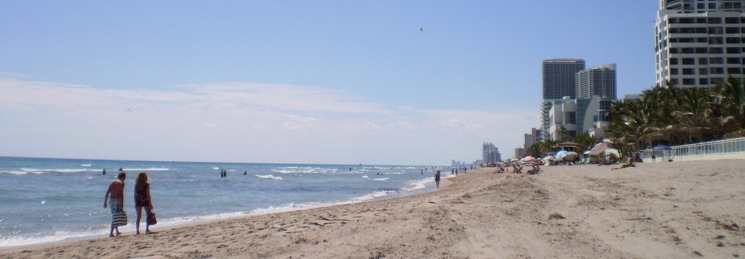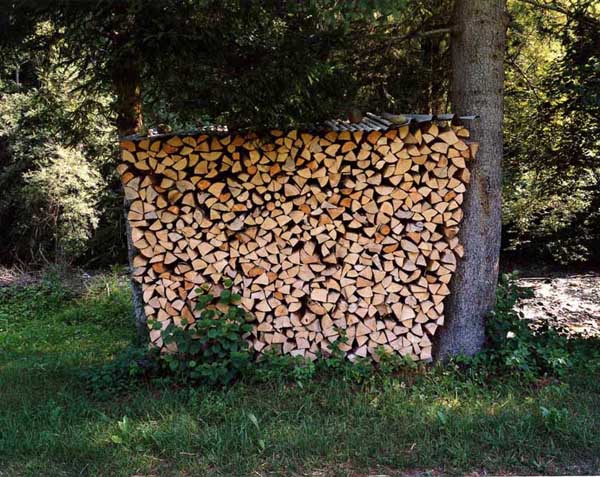As Hébert puts it: The recent Conservative cuts to arts and culture have done what neither the pursuit of the unpopular Afghan war nor the demise of the Kyoto Protocol had accomplished: wake up a sleeping Quebec giant that is now gathering strength for a show of force in the upcoming election campaign.
Q You’re in Italy right now. What are you doing there?
A Well, I spend lots of time here because since I did a project here from 2002 to 2004 and since then I’ve been coming back regularly. I had a show in Rome last year. And my husband is an Italian—we’ve been married for a year—so I come here to work and sometimes to stay. But most of the year I spend in Montreal.
Q Like last year’s Sobey Award winner, Michel de Broin, and last year’s Venice Bienale pick, David Altmejd, you went to UQAM in Montreal. What do you think makes their program so strong? Or do they just attract strong students?
A I think it’s a mix. It’s quite a dynamic place, there strong teachers, and so on. It also really depends on the type of program that you are looking for. Concordia is also very good school but it’s more based on media—painting being separate from sculpture and so on. UQAM has a more open approach, one less based on media. It’s probably also because Quebec is still mostly of French-speaking people and UQAM is where you go if you have problems speaking English. I don’t know; these are just some ideas.
I do feel that now in Montreal there is now something really nice happening. Because it’s less Anglophone on one side or Francophone on another side. It’s starting to blend more. And also a kind of generation in their 30s that are very strong. I don’t know why exactly, but I know something’s happening now there in a more open way. That I feel is good because the Francophone community used to be more closed. I’m also a person who believes that you need to open and to travel and see lots of things not stay always in one place. It’s good if there’s more mixing up and going around opening up.
Q Lately, You work a fair bit with faces. Why?
A Well I guess I am interested in faces because often, for me, the face is a form of pretext. It’s a kind of excuse. Since I work a lot involving participation or the direct input of another, it’s useful because face is such a very accessible thing. It’s also human; it’s us, it’s me, it’s you, it’s everybody. And it’s something we have imprinted very much inside ourselves in our subconscious. We see faces in the moon, we see faces in ménages. The image of a face is close to us; in the subway and other places we get lots of information from someone else’s face— from basic emotions like sadness and happiness to how we feel one person can be in their life. But all that is unsaid. It’s like a very intuitive and nonverbal communication. We just analyze all this data we get from seeing someone’s face and we just intuitively get a feeling from a person.
So I guess that’s why the face—it’s a pretext. And it’s not just the face that interests me as an end in itself, it’s also a pretext to involve the other.
Q What work will you be showing in Toronto? What are the origins of it?
Well, I will be presenting different things that will allow the public to see different aspects of my work.
One is more intimate in a way. They’re studies I do alone in my studio in front of the camera, where I try out stuff to do in public performances or interventions. are what I call video performance studies and there will be many of them. So the public will be able to see a bit of my research, of what I search for.
And then I will also be presenting an installation which is kind of like another aspect of this research about the face. Basically they are different elements that come out of a previous intervention I did in Ottawa where I asked visitors of an exhibition to sit with me and imagine the portraits of different people starting with data found on ID cards that I’d found. So they started with the colour of hair, of eyes, with weight, height and occupation and from there we sat together and they would describe these features and how they saw the face of this person. I did the drawing on my face, which was covered by a white mask, so I was blinded. So there will be photography and a video and ID cards and a soundtrack from this piece -- different elements. The installation is called Casting; I’m looking to identity, you could say.











